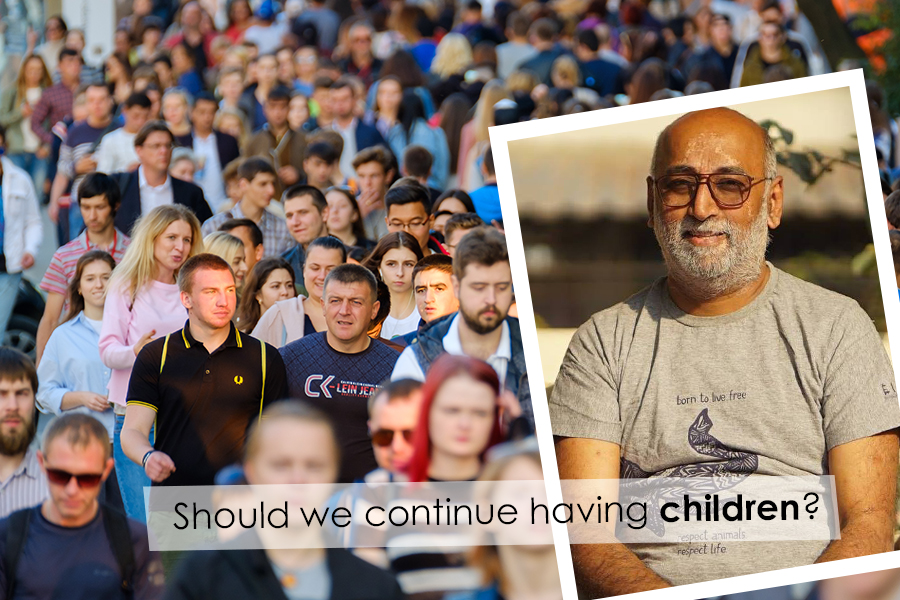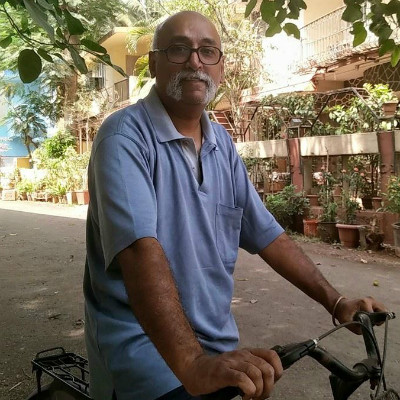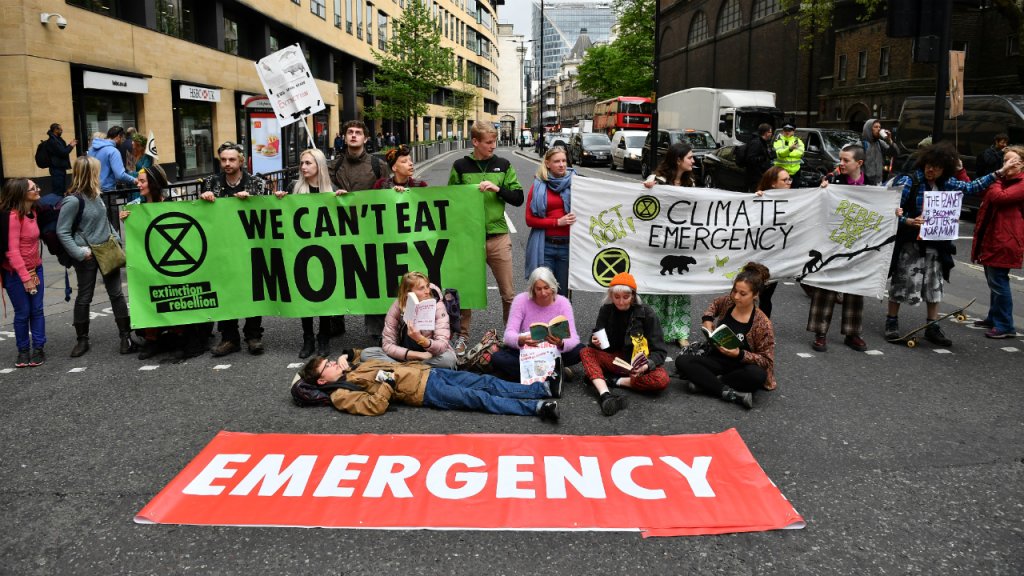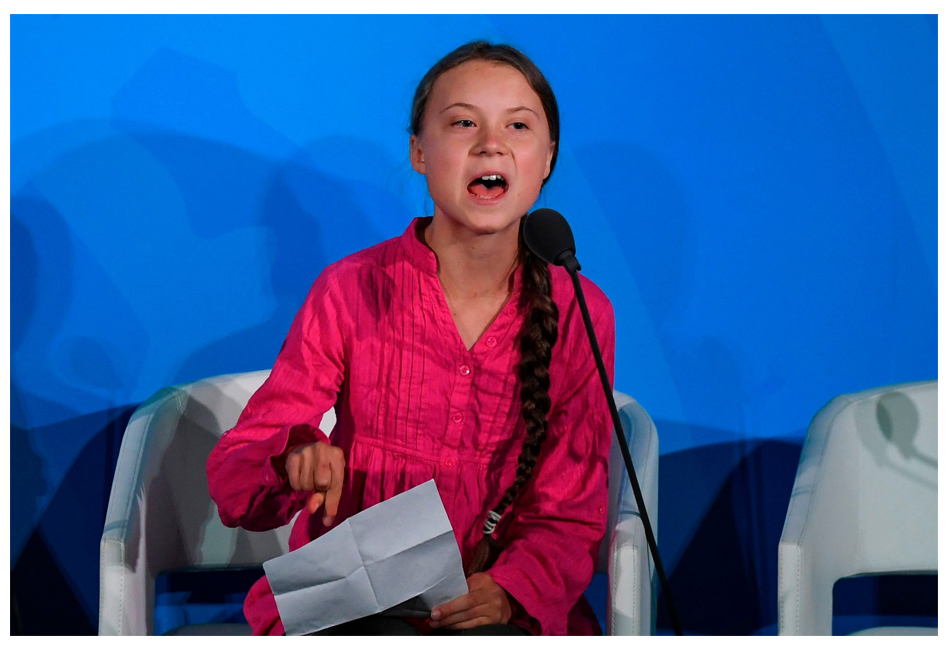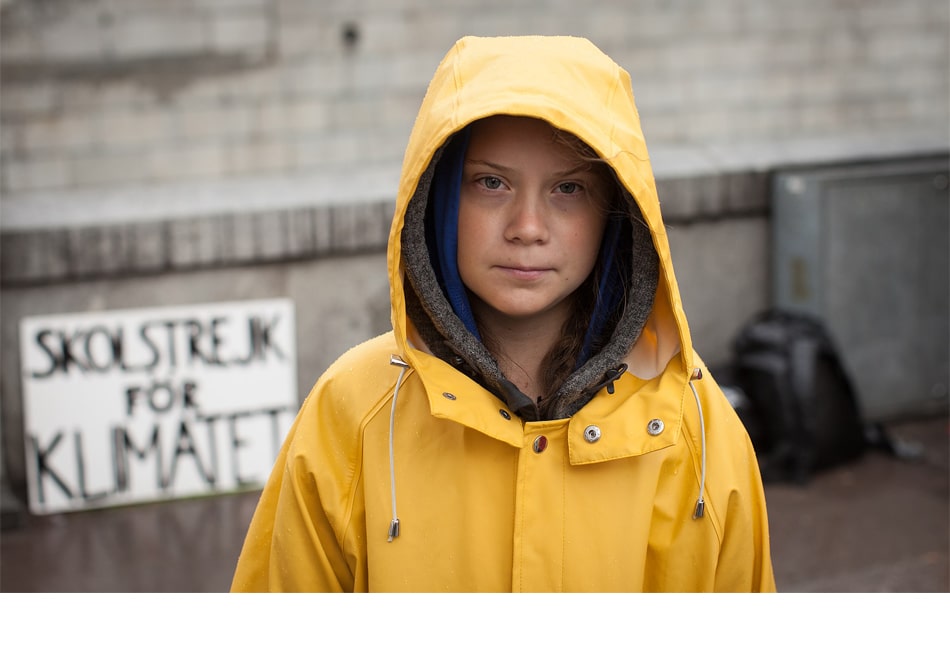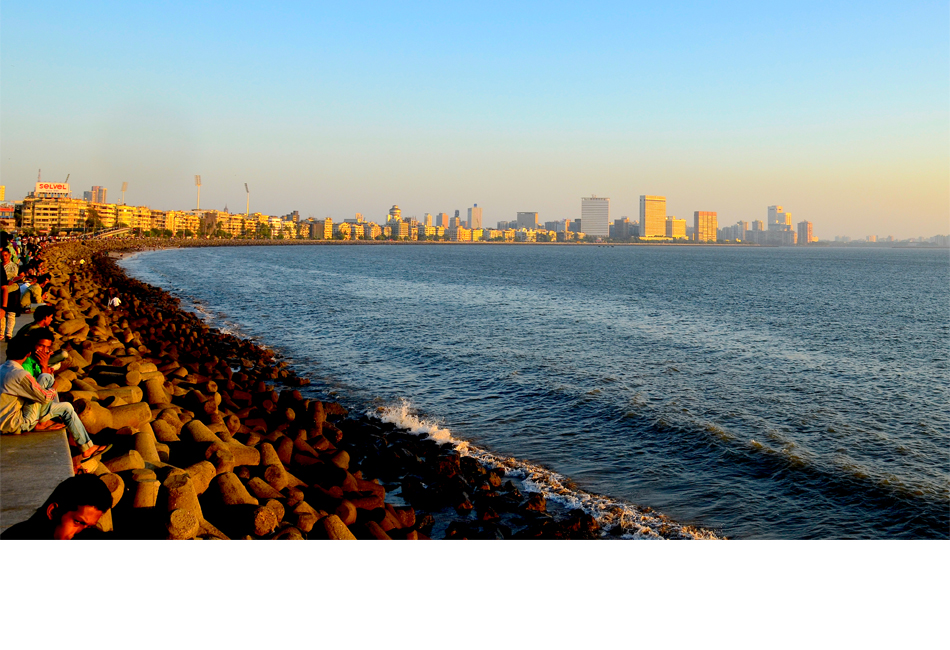Download Free Vegan Starter Kit -
.png)
What happened in COP26? Here’s all you need to know
20 November 2021
More than 25,000 individuals, including world leaders from approximately 200 countries, attended the annual climate emergency summit in Glasgow recently. It has been dubbed "the world's best last chance to control climate change" by the United Nations. The purpose of COP26 was to discuss the urgent need for global climate action.
The COP, or Conference of Parties, is a gathering of world leaders and individuals who come together to discuss climate change and make commitments to address it. Every year for nearly three decades, world leaders have gathered to discuss and assess climate change challenges. It began in 1922, when countries agreed to adopt a framework that governs all of their operations and prevents them from doing anything that could cause hazardous climate change. The 26th gathering, which will be held in Glasgow in 2021, was originally scheduled for last year but was postponed owing to the pandemic.
THE BIG TALKING POINTS IN THE SUMMIT
A total of 200 countries were asked to speak about their intentions to reduce carbon emissions by 2030. The Paris Agreement was reached in 2015, and it said that world countries will adjust their measures to slow the rise in temperatures. This means that governments must continue to reduce carbon emissions until they reach net zero in 2050.
If the Paris Agreement and the COP26 obligations are fulfilled correctly, it is possible to restrict the growth of atmospheric carbon dioxide emissions and keep rising temperatures below 2 degrees Celsius.
WHAT HAPPENED IN COP26?
According to numerous trackers set up to determine the adoption of various climate activities, the actions do not appear to be sufficient to avert temperature rise, but rather contribute to a 2 degree Celsius increase by 2100. However, if the targets set and promises made by countries are rigorously executed, it may be possible to reduce rising temperatures, thus the NDCs should tighten their laws and restrictions.
While many countries have established several policies, the difficulty comes in their implementation, which is woefully insufficient. Investing and researching more in sustainable and renewable energy rather than relying on coal is a crucial step that countries must take. Many countries' reliance on coal has resulted in a significant increase in harmful emissions.
The GCP, or Glasgow Climate Pact, was the first to demand the phase-out of coal and other fossil fuel subsidies. While this may appear to be a promising promise, it presents a significant issue to developing countries that rely significantly on coal for power. While countries such as China have built a coal-fired power plant fleet, they have also vowed to reduce emissions by not supporting financially the construction of coal plants abroad.
WHAT ARE COUNTIES TO ACHIEVE AFTER COP26?
- Efforts should be made by all participating countries to reduce global emissions by 2030, with the goal of achieving net-zero emissions.
- Protect natural habitats and ecosystems, as well as the people that live in them.
- By 2030, developed countries must raise at least $100 billion in climate funding each year.
- Actions to combat climate change should be accelerated, and collaboration between governments and civil society should be encouraged.
AUTHOR

trending
Be a Vegan First Informer
Send us buzzworthy news and updates
Explore
Contact Us
About Us
Stay Connected
Copyright ⓒ 2017-2023. VEGAN PASSION PRIVATE LIMITED. All Rights reserved.
For more information, please write to hello@veganfirst.com
Registered Office Address: 55, 2nd floor, lane 2, Westend Marg, Saidullajab, Near Saket Metro Station, New Delhi, Gadaipur, New Delhi South West Delhi, DL

2.png)

.png)
.png)
2.png)
2.png)
2.png)


1.png)

